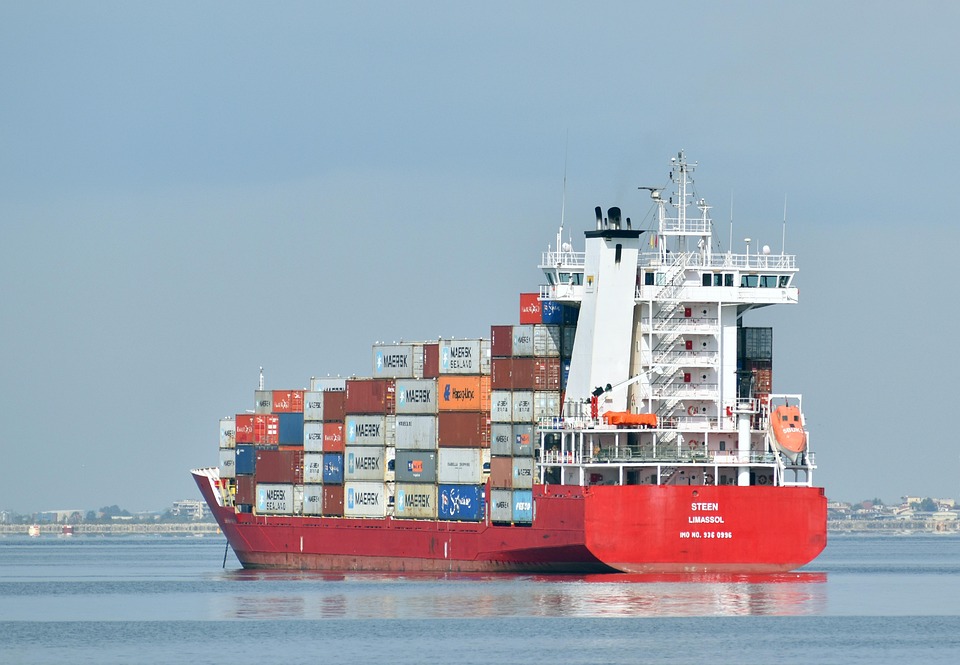The global coffee industry is a complex and dynamic market, susceptible to various factors that can cause significant fluctuations in coffee prices. One of the primary drivers of coffee price volatility is supply chain disruptions. According to a report by International Coffee Organization (ICO), supply chain disruptions can have a substantial impact on the global coffee market, leading to increased prices and reduced availability of coffee. Similarly, a study by United States Department of Agriculture (USDA) highlights the importance of a stable supply chain in maintaining price stability in the coffee market.
Supply chain disruptions in the coffee industry can occur due to various reasons, including weather-related events, pests and diseases, logistical issues, and geopolitical tensions. For instance, a severe drought in Brazil, the world’s largest coffee producer, can significantly impact the global coffee supply, leading to increased prices. As reported by Bloomberg, droughts in Brazil have resulted in reduced coffee production, causing prices to rise. Furthermore, a study by World Bank highlights the impact of climate change on coffee production, which can lead to supply chain disruptions and price volatility.
Supply chain disruptions can have a significant impact on coffee prices, leading to increased volatility and uncertainty in the market. When a disruption occurs, it can reduce the availability of coffee, leading to increased demand and higher prices. According to a report by Reuters, supply chain disruptions can result in price increases of up to 20% in a short period. Additionally, a study by Euromonitor highlights the impact of supply chain disruptions on coffee prices, noting that they can lead to long-term price increases and reduced profitability for coffee producers.
Coffee price volatility can have far-reaching consequences for both producers and consumers. For producers, price volatility can lead to reduced profitability, making it challenging to invest in their farms and maintain production levels. As reported by Food and Agriculture Organization (FAO), coffee price volatility can result in reduced incomes for coffee producers, exacerbating poverty and inequality in coffee-producing countries. On the other hand, consumers may experience increased prices, reduced quality, or limited availability of coffee, which can impact their purchasing habits and loyalty to coffee brands. According to a study by Nielsen, coffee price volatility can lead to changes in consumer behavior, with some consumers opting for alternative coffee brands or reducing their coffee consumption.
To mitigate supply chain disruptions and price volatility, coffee producers, traders, and roasters can implement various strategies, such as diversifying their supply chains, investing in risk management tools, and improving logistical efficiency. According to a report by Sustainability, diversifying supply chains can help reduce the impact of disruptions and price volatility. Additionally, a study by Olam International highlights the importance of investing in risk management tools, such as hedging and insurance, to mitigate the impact of price volatility on coffee producers and traders.
In conclusion, supply chain disruptions are a significant driver of coffee price volatility, leading to increased uncertainty and risk in the global coffee market. Understanding the causes and effects of supply chain disruptions is essential for coffee producers, traders, and roasters to develop effective strategies for mitigating their impact. By diversifying supply chains, investing in risk management tools, and improving logistical efficiency, the coffee industry can reduce the impact of supply chain disruptions and promote price stability. As reported by International Coffee Organization (ICO), a stable and predictable coffee market is essential for ensuring the long-term sustainability of the coffee industry. Furthermore, a study by United States Department of Agriculture (USDA) highlights the importance of collaboration and coordination among stakeholders in the coffee industry to mitigate the impact of supply chain disruptions and promote price stability.
Q: What are the primary causes of supply chain disruptions in the coffee industry?
A: The primary causes of supply chain disruptions in the coffee industry include weather-related events, pests and diseases, logistical issues, and geopolitical tensions. According to a report by Bloomberg, weather-related events, such as droughts and floods, are a significant cause of supply chain disruptions in the coffee industry. Similarly, a study by World Bank highlights the impact of climate change on coffee production, which can lead to supply chain disruptions.
Q: How do supply chain disruptions impact coffee prices?
A: Supply chain disruptions can lead to reduced availability of coffee, increased demand, and higher prices. As reported by Reuters, supply chain disruptions can result in price increases of up to 20% in a short period. Additionally, a study by Euromonitor highlights the impact of supply chain disruptions on coffee prices, noting that they can lead to long-term price increases and reduced profitability for coffee producers.
Q: What strategies can coffee producers, traders, and roasters implement to mitigate supply chain disruptions and price volatility?
A: Coffee producers, traders, and roasters can implement various strategies, such as diversifying their supply chains, investing in risk management tools, and improving logistical efficiency. According to a report by Sustainability, diversifying supply chains can help reduce the impact of disruptions and price volatility. Additionally, a study by Olam International highlights the importance of investing in risk management tools, such as hedging and insurance, to mitigate the impact of price volatility on coffee producers and traders.





